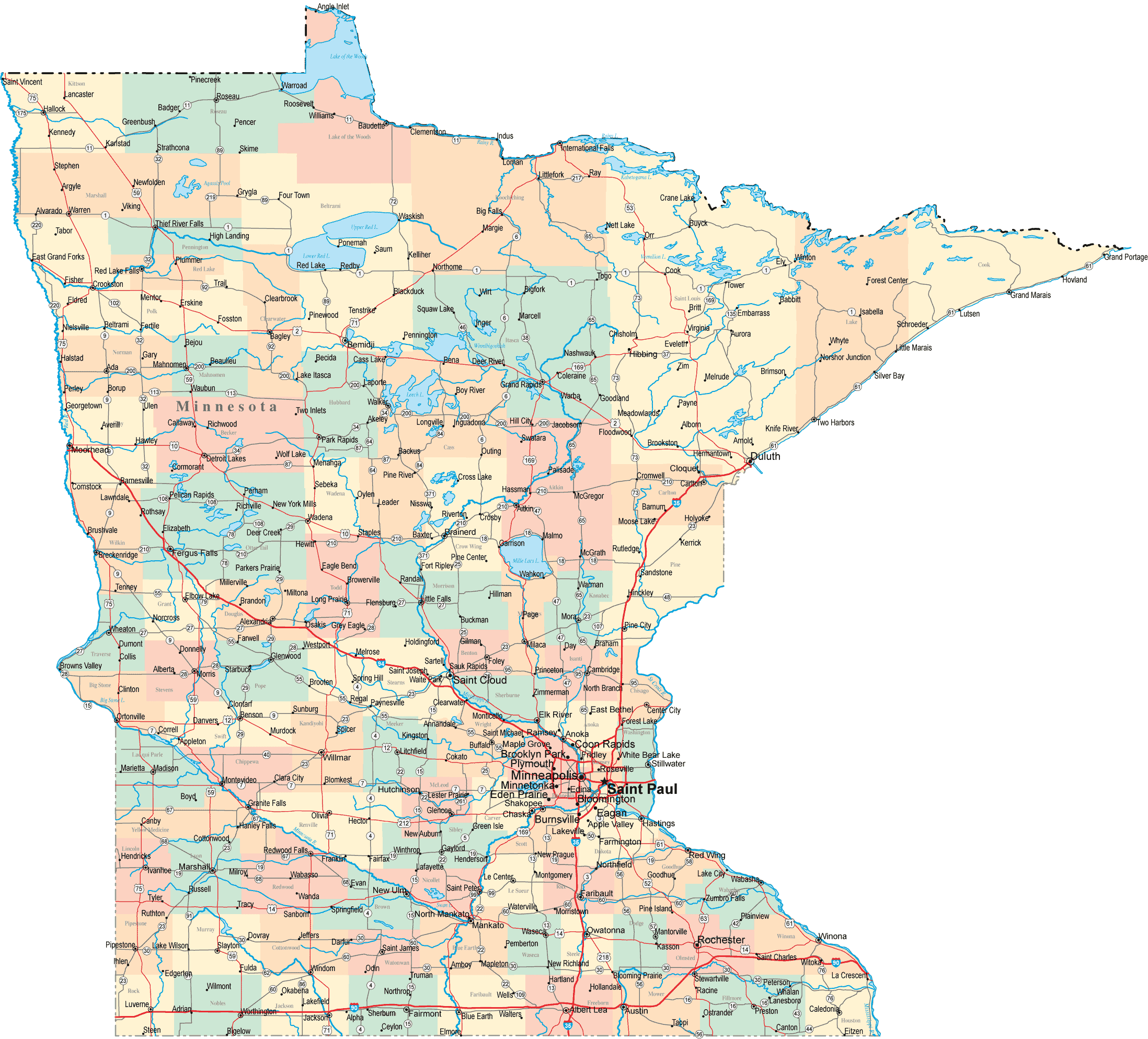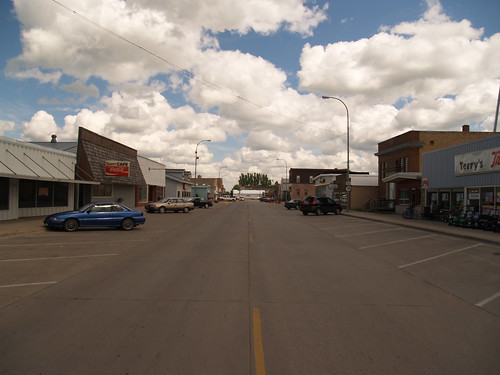Blue Highways: Viking, Minnesota
Unfolding the Map
 We continue to ride with William Least Heat-Moon (LHM) into western Minnesota, past the town of Viking and its sunflower crops. Don't they look beautiful! Let's stop and peruse them for a while, giving ourself an emotional lift and allowing us to appreciate beauty in the world. To see where these sunflowers grow, please, look at the map!
We continue to ride with William Least Heat-Moon (LHM) into western Minnesota, past the town of Viking and its sunflower crops. Don't they look beautiful! Let's stop and peruse them for a while, giving ourself an emotional lift and allowing us to appreciate beauty in the world. To see where these sunflowers grow, please, look at the map!
Book Quote
"Near Viking, tall stalks from the sunflower crop of a year earlier rattled in the warm wind. For miles I had been seeing a change in the face of the Northland brought about because Americans find it easier to clean house paint out of brushes with water than with turpentine. This area once grew much of the flax that linseed oil comes from, but with the advent of water-base paint, the demand for flax decreased; in its stead, of all things, came the sunflower, and now it was becoming the big cash crop of the Dakotas and Minnesota - with more acreage going each year to new hybrids developed from Russian seeds - because 'flower' is a row crop that farmers can economically reap by combine after the grain harvest."
Blue Highways: Part 7, Chapter 10
 Metal scarecrow in Viking, Minnesota. Photo by "matchboxND" and hosted at DB-City.com. Click on photo to go to host site.Viking, Minnesota
Metal scarecrow in Viking, Minnesota. Photo by "matchboxND" and hosted at DB-City.com. Click on photo to go to host site.Viking, Minnesota

In fact, I can think of no better way to brighten up anything, because I don't know about you, but I cannot remain in a funk if I look at sunflowers. There's just no way.
Throughout my childhood, I knew that sunflowers existed, but weren't grown very much where I grew up. There were some in isolated gardens, but I didn't get much exposure to them. The only thing I knew about sunflowers was all wrapped up in the packages of seeds that my friends would buy at the store. They ate and then spit them, so that sunflower seed shell carcasses littered the ground around their feet. I tried them, and while they had an interesting flavor, I didn't think all the work of splitting the seeds to get the little morsel of nut meat inside was worth the effort.
So it wasn't until I moved, and particularly when I moved to the Southwest, that I really got exposed to sunflowers. Suddenly they were everywhere I looked on warm summer days. The coffee shop around the corner had a whole row of sunflowers growing alongside its adobe fence. Gardens always seemed to have a section of sunflowers. On my drives to Lubbock when I was teaching, I would pass by a scattered field or two of sunflowers in bloom. And whenever I looked at them, no matter what the circumstance, my spirits would lift. When my spirits were high, the sunflowers affirmed that I felt good about the world. When my spirits were low, the sunflowers would take me briefly out of dark places and remind me that there was beauty and light in the world.
The sunflower is also full of natural mystery in its beauty. Look at that picture of the sunflower above. Notice the spiral pattern in the middle. The sunflower is actually not one flower but a group of 1000-2000 small flowers called florets, and the spiral pattern of these florets in the center follows a mathematical sequence called a Fibonacci sequence, where each successive spiral consists of florets that are the sum of the florets in the two spirals before. According to Wikipedia, there are usually 34 spirals in one direction, and 55 in another, though they can be bigger. Mathematics aside, I just look at that pattern and it puts me in wonder of the complexity and the beauty of the universe, as if a supreme power put a Spirograph on the world in the form of a yellow living thing of beauty.
Sunflowers have made a roundabout trip from and to the US. They were probably among the very first crops cultivated by Native Americans, perhaps even earlier than corn. They eventually made their way to Europe through the explorations of the Spaniards, who took the seeds back to Europe. They eventually made their way to Russia where refinements in hybridization led to cultivation for the mass production of oil and food. It was then that these new hybrids were reintroduced to the United States and planted for mass harvest in the upper Midwest.
In my previous post, I speculated about how Scandinavians in the upper Midwest could come to be known for their industriousness, their dourness and their quietness, so much so that they make fun of themselves for it. The land, I surmised, with its long harsh winters and hot blazing summers probably takes a lot of mental energy to exist, coupled with the hard work of farming.
But the planting of sunflowers as cash crops makes me wonder if these perennial beauties, growing anywhere from six to twelve feet high, provides a lift to people who live there. I can imagine, just for a moment, a taciturn Norwegian Minnesotan farmer, going out to his work on a summer morning before the weather gets too hot, stopping at the field of sunflowers he has planted. In those moments, I imagine his dour look relaxes as he gazes on the sunflowers, and a brief smile appears before he gets to the hard work on another morning.
Musical Interlude
I'm giving you a sunflower double shot, today, Littourati. For those of you that like some rock, I'm going to give you the Grateful Dead's China Cat Sunflower/I Know You Rider. It seems like it would be a great road tune, especially going through the sunflowers of Viking. The second is a jazz fusion tune by Freddie Hubbard called Little Sunflower, with vocals by Al Jarreau. Enjoy!
If you want to know more about Viking
What can I say? It's a small place.
Next up: Thief River Falls, Minnesota




 Friday, February 3, 2012 at 3:24PM
Friday, February 3, 2012 at 3:24PM





